Artificial Intelligence (AI) has permeated various aspects of our lives, from healthcare to finance, and now it’s making significant strides in the world of art. The intersection of AI and art is not just a fascinating concept, but a reality that is reshaping the creative landscape. One of the most compelling developments in this arena is the emergence of AI-generated art, where algorithms create unique pieces that challenge our understanding of creativity and originality.
AI as an Artistic Tool
Artificial Intelligence is increasingly being used as a tool by artists to explore new creative possibilities. Machine learning algorithms can analyze vast amounts of data to generate new ideas, patterns, and styles that might not have been conceived by human artists alone. This collaboration between humans and machines is leading to innovative art forms that push the boundaries of traditional artistic expression.
Generative Art
Generative art is a form of art where the artist creates a system, such as a set of rules or an algorithm, which then generates the artwork. Artificial Intelligence is particularly well-suited for this type of art because it can process complex data sets and generate intricate patterns. For example, Artificial Intelligence can be programmed to create music, poetry, or visual art based on specific parameters set by the artist.
AI-Generated Paintings
One of the most notable examples of AI-generated art is the portrait of Edmond Belamy, created by the French art collective Obvious. The portrait, which sold for $432,500 at Christie’s in 2018, was generated using a Generative Adversarial Network (GAN). This type of Artificial Intelligence consists of two neural networks: one that generates images and another that evaluates them. The process continues until the generated images are indistinguishable from those created by human artists.
Ethical Considerations
While the potential of AI in art is immense, it also raises important ethical questions. Who owns the copyright of an AI-generated artwork? Is the Artificial Intelligence the creator, or is it the human who programmed the AI? These questions are part of a broader debate about the role of AI in creative fields and the need for clear legal frameworks to address these issues.
Text to Image AI
Another exciting development is the use of a text to image AI to convert text descriptions into visual art. This technology allows users to input a detailed description of an image, and the AI generates a corresponding visual representation. This not only democratizes the creation of art but also opens up new avenues for storytelling and visual communication.
The Future of Artificial Intelligence in Art
The future of Artificial Intelligence in art is full of possibilities. As Artificial Intelligence continues to evolve, we can expect to see even more innovative and thought-provoking works of art. The collaboration between humans and machines is likely to become more seamless, leading to a richer and more diverse artistic landscape.
Conclusion
AI is transforming the world of art in profound ways. From generative art to AI-generated paintings, the creative potential of Artificial Intelligence is vast. As we continue to explore this intersection, we are likely to see even more groundbreaking developments that challenge and expand our understanding of art and creativity.

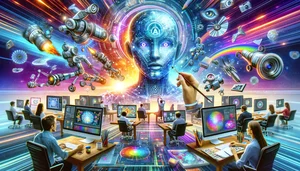
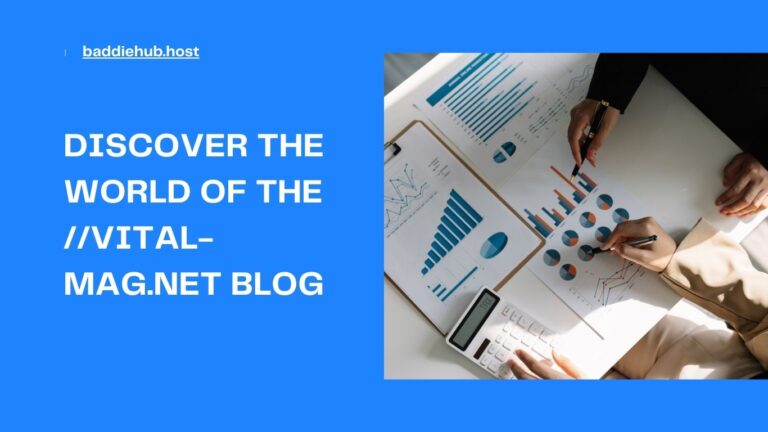
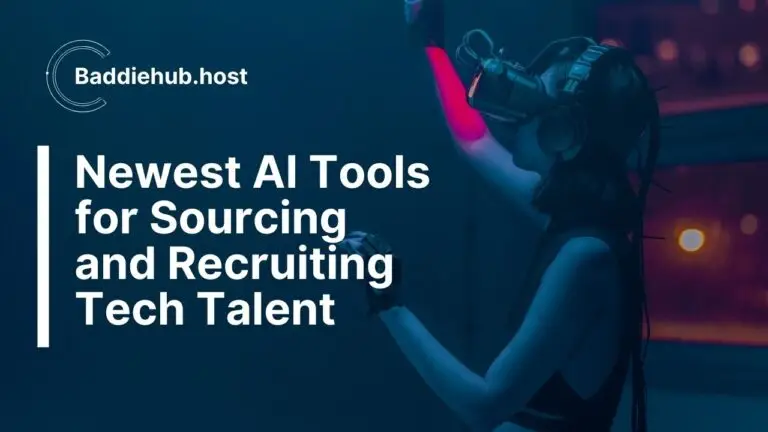
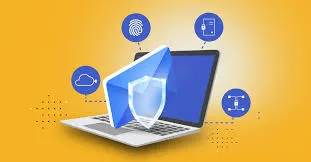
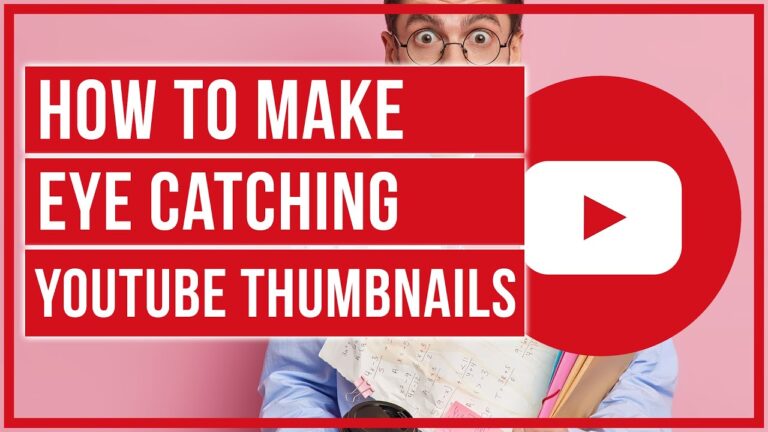
One Comment